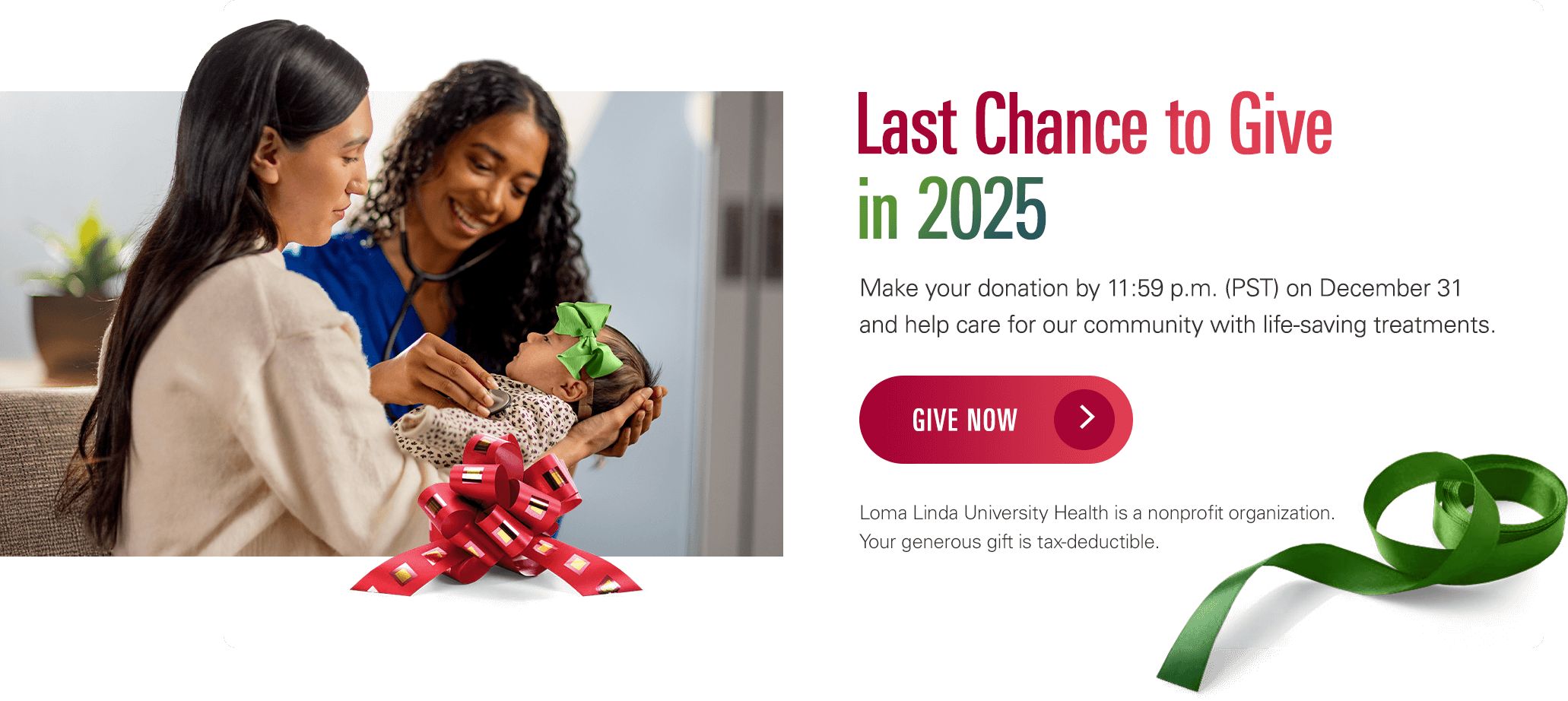Neonatal Abstinence Syndrome
What is neonatal abstinence syndrome?
Neonatal abstinence syndrome (NAS) is a set of signs and symptoms that may occur after babies are exposed to medicines or other substances in the uterus before birth. Babies can then experience withdrawal after birth. Neonatal opioid withdrawal syndrome (NOWS) is used to refer specifically to withdrawal from opioids only. NAS will be used here to cover both opioid or other substances and opioid-only exposure.
What causes neonatal abstinence syndrome?
Almost every drug and medicine passes from the mother’s bloodstream through the placenta to her unborn baby. If the mother uses substances that affect her nervous system, they will also affect the baby's. At birth, the baby has become used to getting the drug. But because the drug is no longer available, the baby may have withdrawal symptoms.
Some drugs and medicines are more likely to cause the syndrome than others. In general, anything that affects a mom's central nervous system can affect her baby's. When more than one substance has been used, the symptoms are often worse. These include:
- Opioids, such as heroin, and prescribed medicines, such as codeine and oxycodone
- Stimulants, such as amphetamines or cocaine. For these drugs, the effects on a baby are more likely from the drug itself instead of withdrawal.
- Antidepressant medicines, such as selective serotonin reuptake inhibitors (SSRIs)
- Depressants, such as barbiturates, or alcohol, or marijuana
- Nicotine from cigarette smoking
Alcohol use can also cause another group of problems called fetal alcohol spectrum disorders.
Who is at risk for neonatal abstinence syndrome?
Pregnant women who use psychoactive drugs, smoke, or drink alcohol put their unborn babies at risk for NAS and other problems. Women who use drugs also may be less likely to get prenatal care. This can also increase the risks for both mother and baby.
Pregnant women who take opioid pain medicine under medical care may also have babies who are at risk. It's important to discuss all medicines and their possible risks with your healthcare provider and your baby's provider.
What are the symptoms of neonatal abstinence syndrome?
Symptoms of NAS may vary depending on:
- The type of drug used
- The last time it was used
- If the baby is full-term or premature
Withdrawal symptoms may start as soon as 24 to 48 hours after birth. Or they may start as late as 5 to 10 days after birth. Symptoms may be slightly different for each baby.
Symptoms of withdrawal in full-term babies may include:
- Trembling
- Too much crying or high-pitched crying
- Sleep problems
- Tight muscle tone
- Overactive reflexes
- Seizures
- Yawning, stuffy nose, and sneezing
- Poor feeding and sucking
- Vomiting or diarrhea
- Sweating
- Fever or unstable temperature
Premature babies may have a lower risk for withdrawal symptoms or have less severe symptoms. They may also get better faster because they were exposed to less of the drug than full-term babies.
The symptoms of this problem may look like other health conditions. Make sure your child sees their healthcare provider for a diagnosis.
How is neonatal abstinence syndrome diagnosed?
The diagnosis is made based on a history of medicine or substance use in the mother and on a baby's symptoms. An accurate report of what medicine or drugs the mother took is important. This includes the times the substance was taken. The healthcare provider may use a scoring system to help diagnose and pinpoint how serious the baby’s withdrawal is. Points are given for certain signs and symptoms and the seriousness of each. This scoring may also help in planning treatment.
If the provider thinks that the mother was using drugs, they may check meconium, urine, or umbilical cord blood or tissue. This should also be done if the baby shows symptoms of the syndrome even without a history. Some birth centers routinely screen all babies.
How is neonatal abstinence syndrome treated?
Treatment will depend on your child’s symptoms, age, and general health. It will also depend on how severe the condition is.
Babies suffering from withdrawal are understandably grouchy (fussy or irritable). They often have a hard time being comforted. Kangaroo (skin-to-skin) care or wrapping the baby snugly in an adult's arms or a blanket may help give comfort. Rocking, quiet, and darkness are other ways to help with calming and comforting babies with NAS. Babies with NAS also may need extra calories added to their feedings because of their increased activity. They may need IV (intravenous) fluids if they are dehydrated or have severe vomiting or diarrhea.
Some babies will need medicines to treat severe withdrawal symptoms and prevent complications, such as seizures. Medicines may also help ease the discomfort and problems of withdrawal. If medicine is needed, babies will often be given a medicine that's in the same family of drugs as the drug the baby was exposed to before birth. Once the signs of withdrawal are controlled, the amount of the medicine is slowly decreased. This helps wean the baby off the drug. Talk with your baby's healthcare provider to learn which treatments might work for your baby.
Treatment decisions may be based on the baby's ability to eat, sleep, and be consoled. Evidence suggests that babies spend less time in the hospital and on medicine when their caregivers or families are present and involved in this care.
What are possible complications of neonatal abstinence syndrome?
In addition to the problems of withdrawal after birth, complications in the baby may include:
- Slower-than-expected growth in the uterus
- Being born too soon (preterm or premature)
- Seizures
- Yellowing of the skin or eyes (jaundice)
- Birth defects
Even without NAS, prenatal drug exposure can be linked to later developmental delay. This may be affected by the environment in which the baby grows up as well.
Certain drugs have been linked to specific problems in the baby. These problems may include:
- Heroin and other opioids. These drugs, including methadone, can cause serious withdrawal in the baby. Some symptoms can last as long as 4 to 6 months. Seizures may also occur in babies born to opioid users.
- Amphetamines. These can lead to low birth weight and premature birth.
- Cocaine. This can cause poor growth. It also makes complications, such as placental abruption, more likely.
- Marijuana. This may cause lower birth weight, as well as later learning and behavior problems.
- Alcohol. This can have major effects on babies before and after birth. Growth during pregnancy and after birth is slowed. It can also cause certain problems of the head and face, heart defects, learning problems, and mental problems.
- Cigarette smoking. This may cause low birth weight. It may also put babies at higher risk for premature birth and stillbirth.
Can neonatal abstinence syndrome be prevented?
It may be possible to prevent NAS. But it can only be prevented if the mother stops using substances that could cause NAS before pregnancy or as soon as she learns she is pregnant. In some cases, this can't be done safely. In all cases, it needs close medical supervision.
Key points about neonatal abstinence syndrome
- Neonatal abstinence syndrome (NAS) happens when babies are exposed to certain substances or medicines in the uterus before birth. Babies can then go through drug withdrawal after birth.
- Symptoms of NAS may begin as soon as 24 to 48 hours after birth. Or they may start as late as 5 to 10 days after birth.
- Some babies may need medicines to treat severe symptoms. The medicines help ease the discomfort and problems of withdrawal.
- It may be possible to prevent NAS. But it can only be prevented if the mother stops using drugs before pregnancy or as soon as she learns she is pregnant. In some cases, this can't be done safely. In all cases, it needs close medical supervision.
Next steps
Tips to help you get the most from a visit to your child’s healthcare provider:
- Know the reason for the visit and what you want to happen.
- Before your visit, write down questions you want answered.
- At the visit, write down the name of a new diagnosis, and any new medicines, treatments, or tests. Also write down any new instructions your provider gives you for your child.
- Know why a new medicine or treatment is prescribed and how it will help your child. Also know what the side effects are.
- Ask if your child’s condition can be treated in other ways.
- Know why a test or procedure is recommended and what the results could mean.
- Know what to expect if your child does not take the medicine or have the test or procedure.
- If your child has a follow-up appointment, write down the date, time, and purpose for that visit.
- Know how you can contact your child’s provider after office hours. This is important if your child becomes ill and you have questions or need advice.









